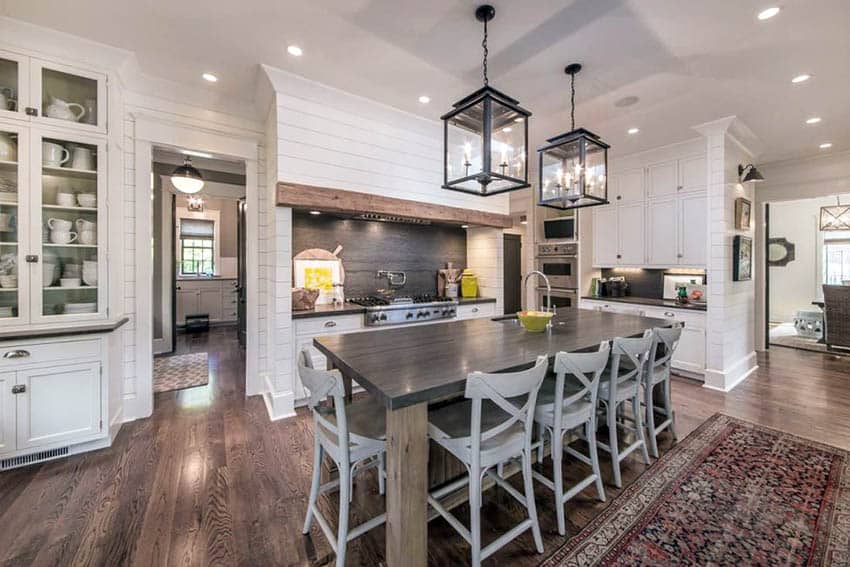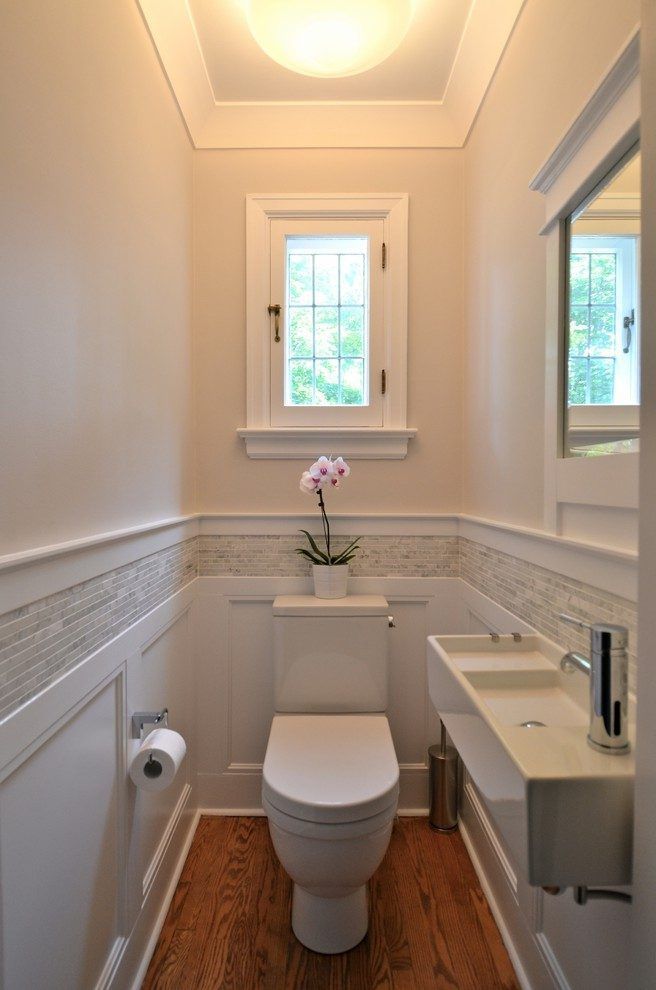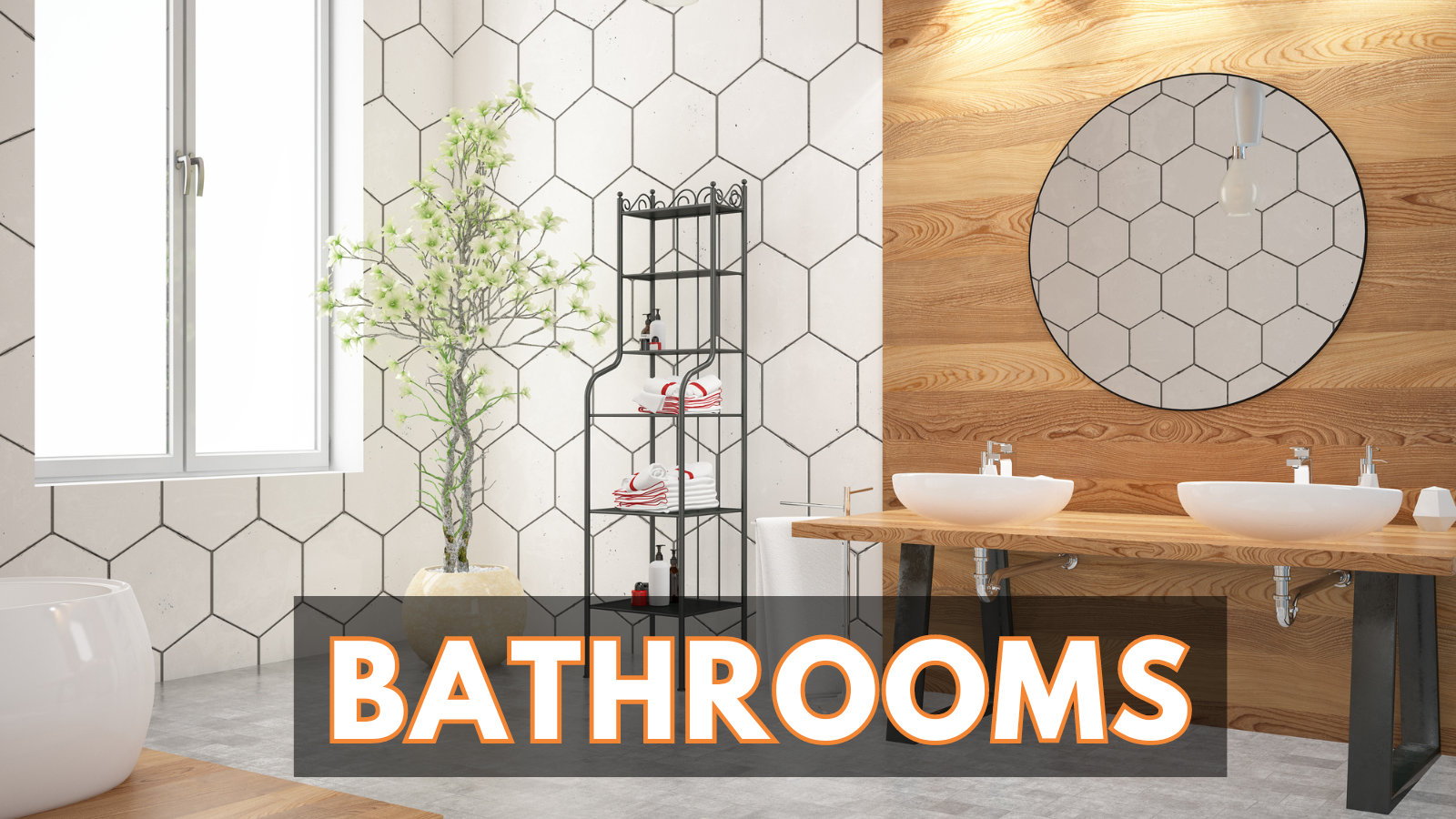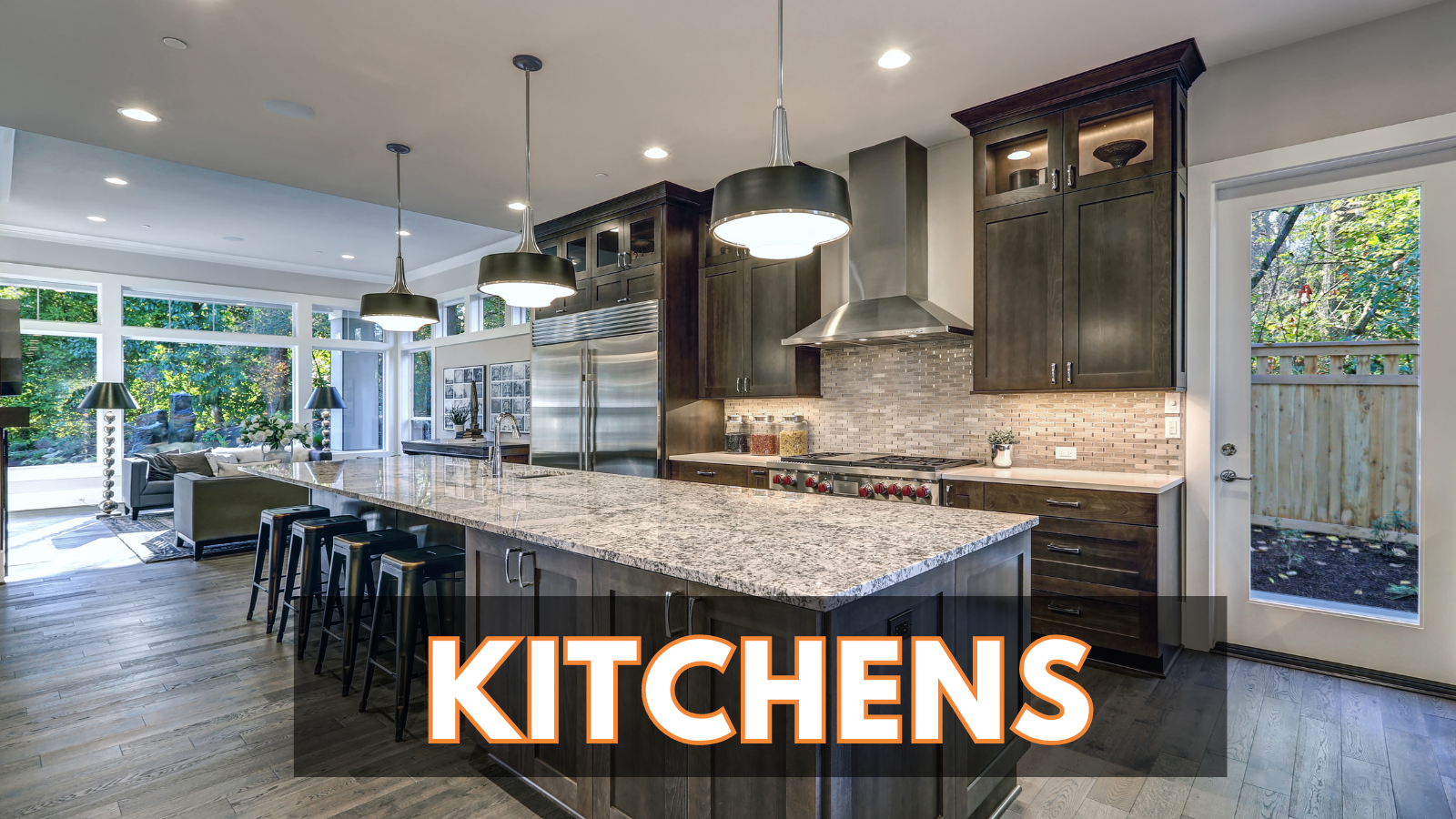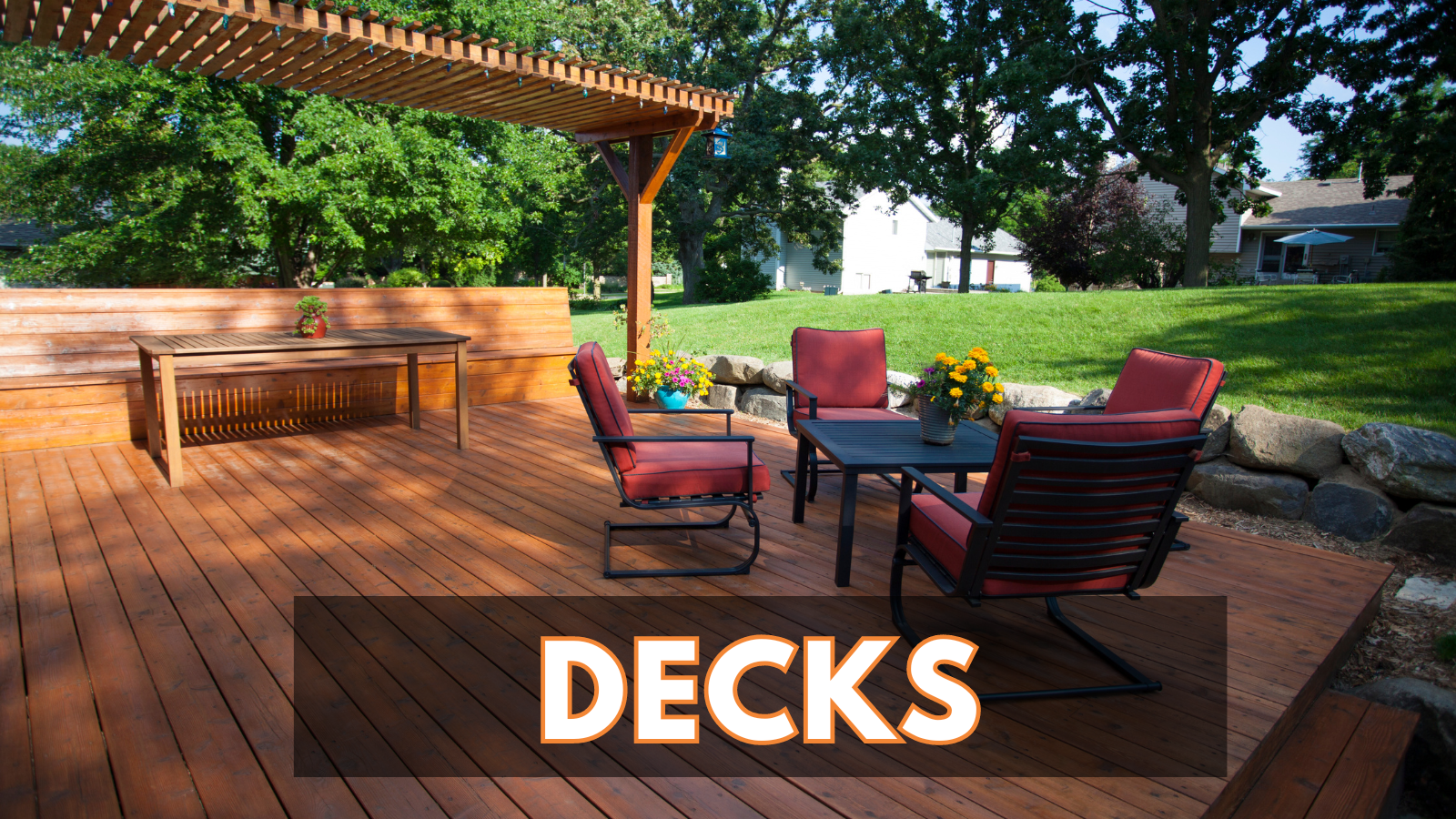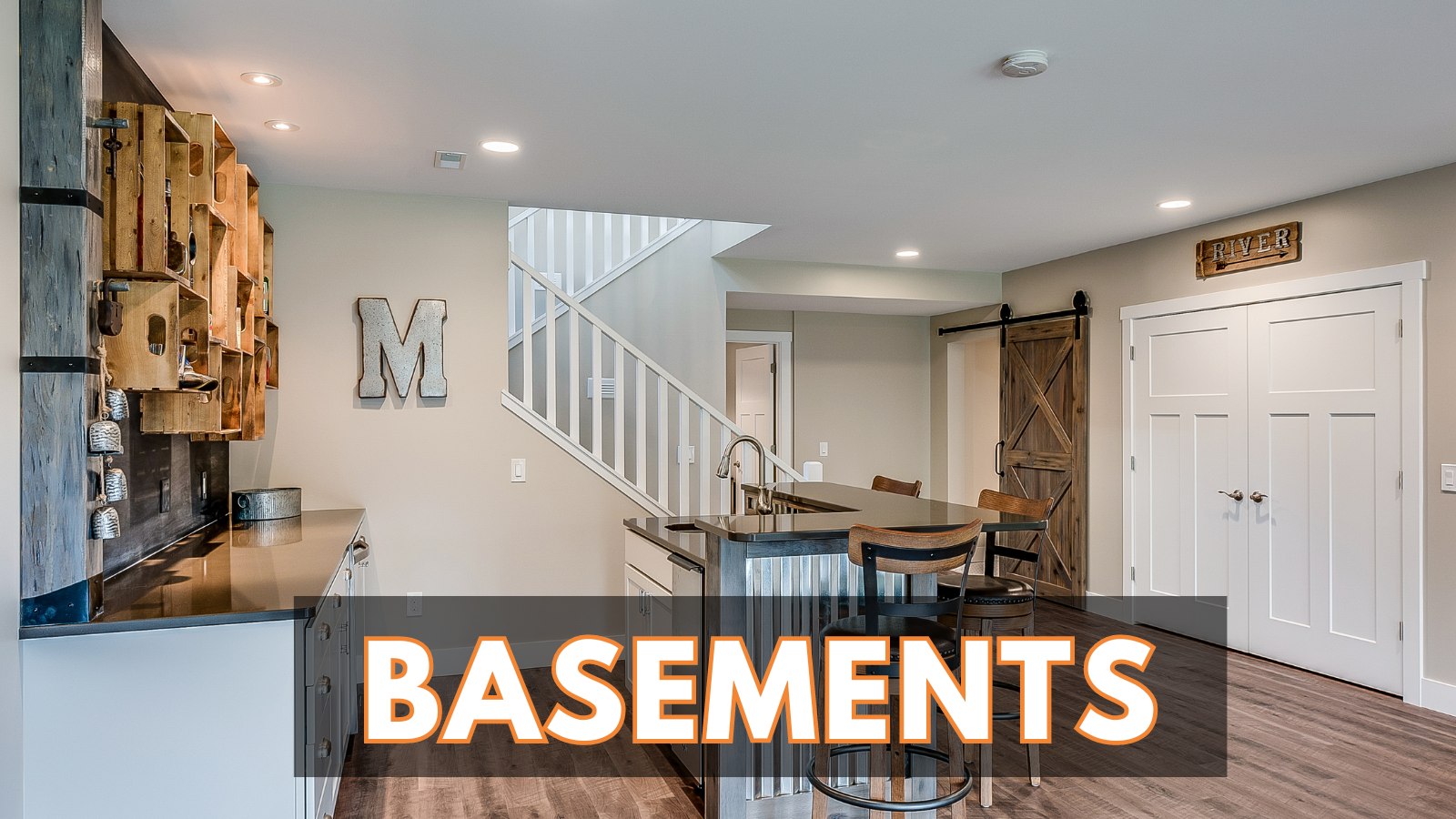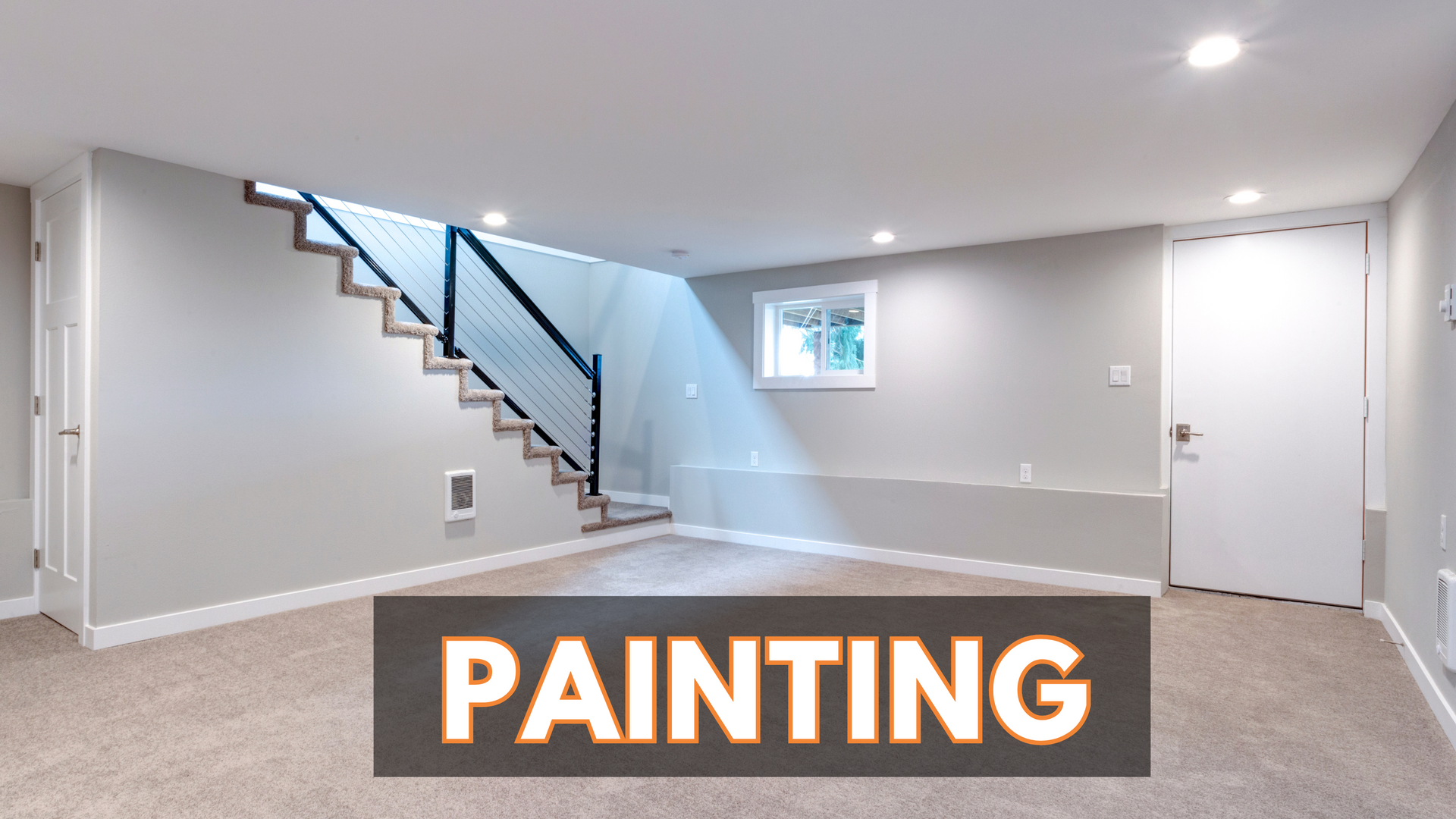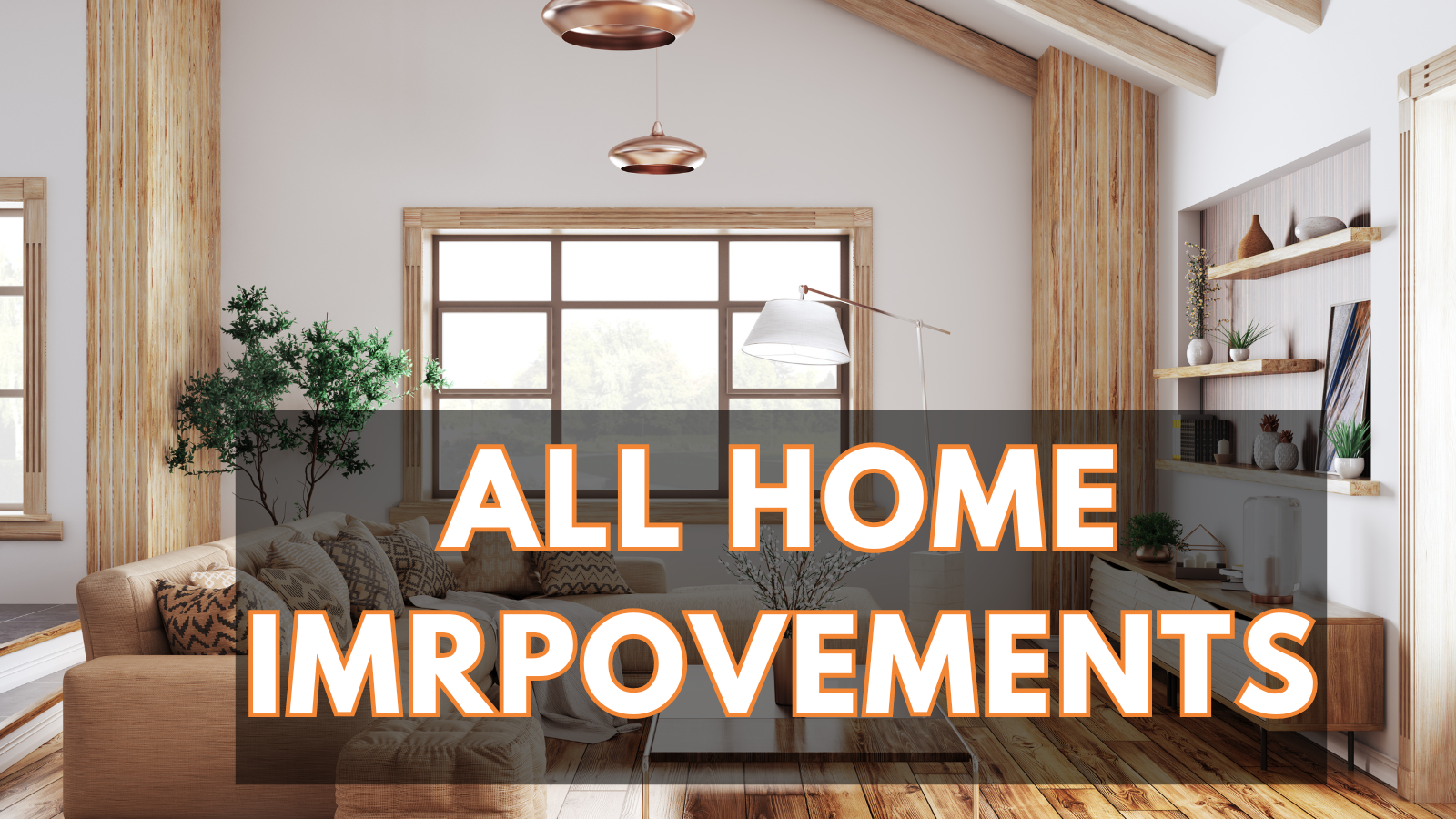All Things Decks: From the Job Site with Dan at Reliable General Contracting
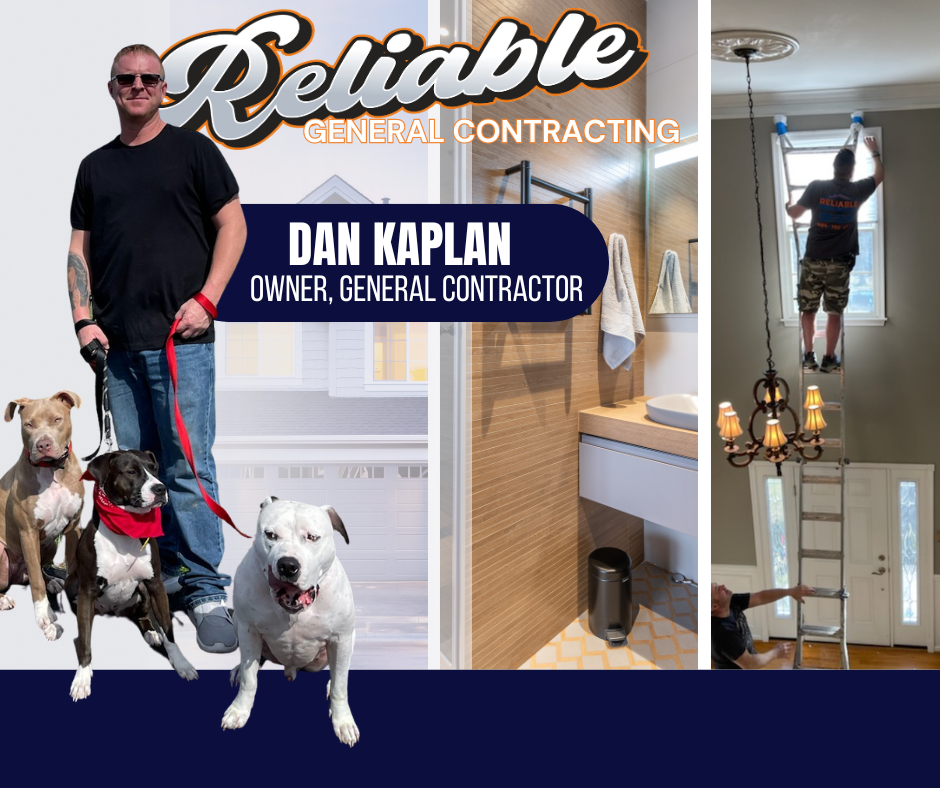
Hi, I’m Dan from Reliable General Contracting. Over the years, we’ve built hundreds of decks across all styles, shapes, and sizes—from cozy backyard platforms to sprawling multi-level outdoor living spaces. One thing I’ve learned? A deck isn’t just a structure—it’s where life happens.
In this post, I want to share what we’ve seen work best, what to avoid, and what you should think about before building or upgrading your own deck. Whether you’re still in the dreaming stage or already pricing out materials, here’s a behind-the-scenes look at the world of decks—from a builder who’s seen it all.
Real Talk: What I’d Tell My Own Family
If my brother or my neighbor asked me what kind of deck to build, I’d tell them this:
- Don’t cheap out on footings or framing. The stuff you don’t see matters just as much.
- If you don’t want to deal with upkeep, Trex is worth every penny.
- Think long-term. A good deck should last you 20+ years with the right materials.
Why Build a Deck?
Planning Your Deck: Design with Purpose
The best decks we’ve built weren’t the biggest ones—they were the most thoughtful. We always ask: What are you going to do out here? Will there be a grill? A fire pit? Do you want shade in the afternoon? Do you want built-in seating or room for a dining set?
We recently built a deck for a couple who wanted two zones—one for entertaining and one for relaxing. We split the space with a step-down level, added a pergola on one side, and a small privacy wall on the other. The result felt like two rooms in one, and it didn’t cost much more than a basic platform.

The Great Material Debate: Composite vs. Wood
One of the biggest decisions our clients face is whether to go with pressure-treated wood or a composite like Trex. Let me break it down from a contractor’s point of view:
Pressure-Treated Wood
It’s the classic choice. Affordable, widely available, and if you’re after that traditional natural wood look, it’s hard to beat. But it does come with a maintenance tag—you’re going to need to seal, stain, or paint it every couple of years to keep it looking good and prevent rot. We’ve had clients who love the look of a freshly stained cedar-toned deck, and if you don’t mind some upkeep, wood is still a great choice. Just keep in mind that over time, it can splinter, fade, and weather if not maintained properly.
Trex Composite Decking
Trex is hands-down the most popular composite decking we install. It’s made from recycled materials (which our eco-minded clients appreciate), and it’s virtually maintenance-free. No staining, no sanding, no splinters. It doesn’t warp or rot, and it holds color beautifully—even after years of sun and rain.
We recently replaced a 12-year-old wood deck with Trex for a family tired of annual staining and cracked boards. They called us a month later just to say how much they loved walking on it barefoot without worrying about splinters.
Sure, the upfront cost is higher than wood, but if you’re looking long-term, Trex usually pays for itself by year 5 or 6 in reduced maintenance alone.
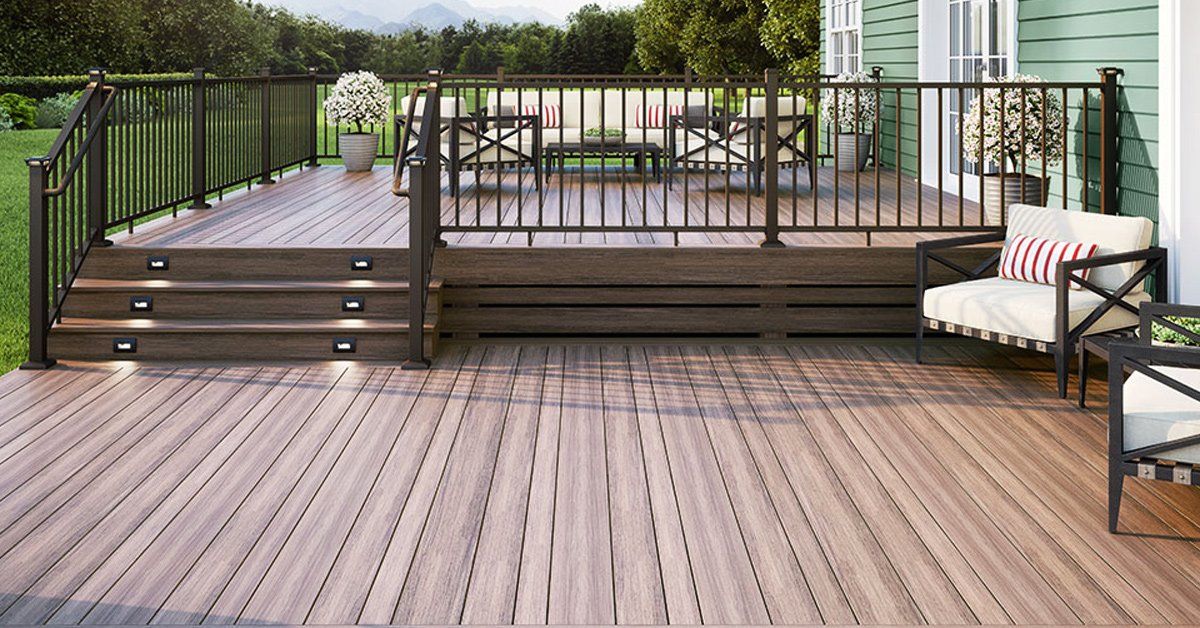
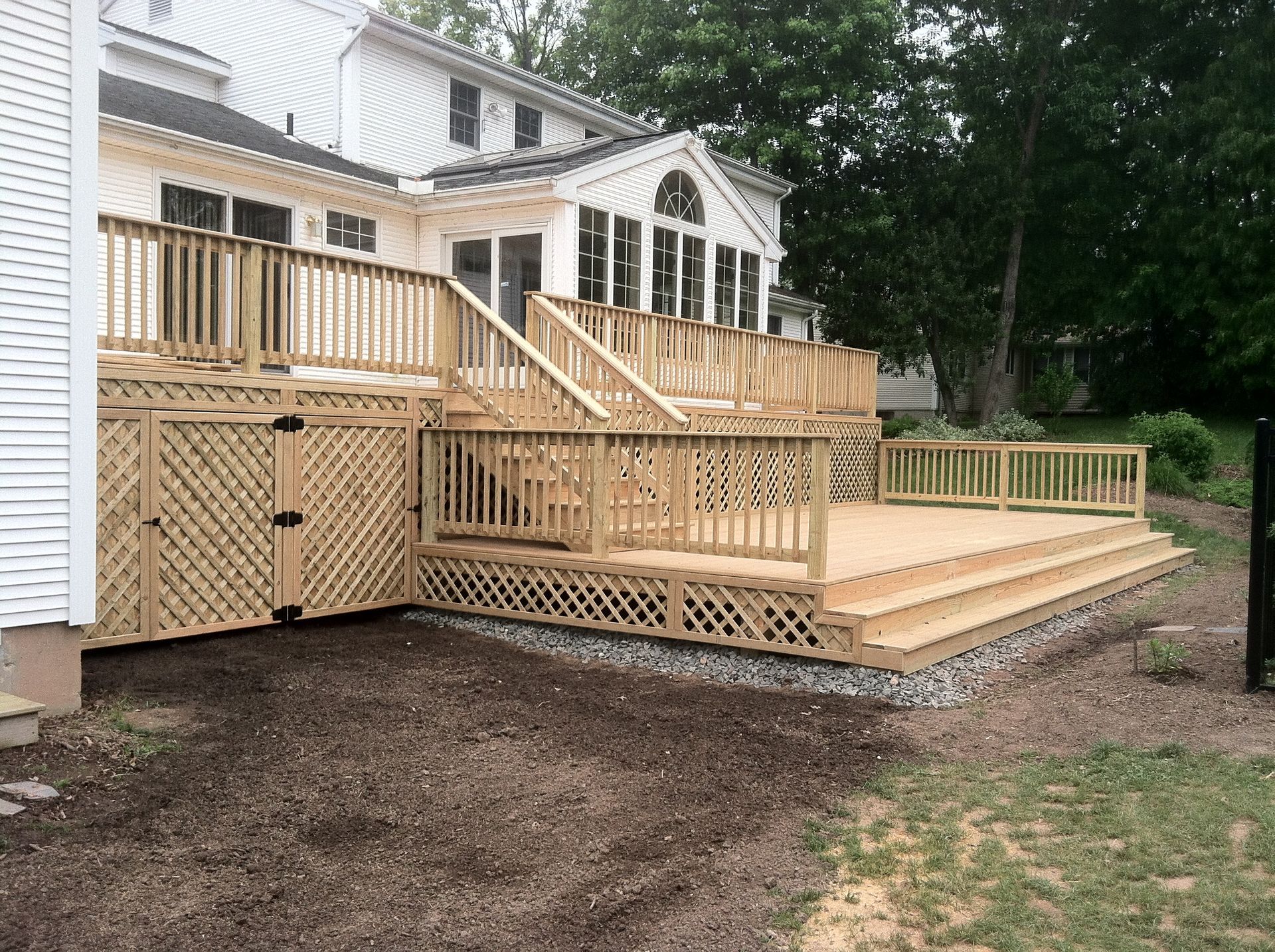
Details That Make a Difference
I always tell clients—don’t underestimate the power of the small stuff. A few thoughtful touches can take your deck from functional to fantastic:
- Lighting: We install a lot of low-voltage lighting in stair risers and under railings. It’s subtle, safe, and makes the space usable at night.
- Built-in seating: Adds charm, saves space, and can even double as storage.
- Privacy screens: Whether it’s a lattice wall or a custom wood screen, a little privacy goes a long way.
- Pergolas: A client favorite. They add architectural interest and give you a base for string lights or climbing plants.
The Build Process (What to Expect)
When we build a deck, we start with the big questions—design, materials, and budget. Then we take care of permits and inspections (which, trust me, you don’t want to skip). We dig footings, frame the structure, install decking, and finish with railings, stairs, and custom touches.
Most average-sized decks take about 1–2 weeks from start to finish, depending on weather and complexity. We keep the job site clean and keep you in the loop every step of the way. No surprises—just craftsmanship.
Final Thoughts from the Job Site
We’ve built decks in the heat of summer, in freezing spring mud, and everywhere in between. And at the end of every job, when we step back and look at the finished project, there’s always that same moment—it’s not just a deck. It’s a space where life happens.
If you're thinking about a deck—new build or upgrade—I’d love to chat. At Reliable General Contracting, we don’t just build decks. We build the place where your next story happens.
Reach out anytime for a free consult or just to bounce some ideas around.
Stay safe and enjoy the outdoors,
Dan
Reliable General Contracting

